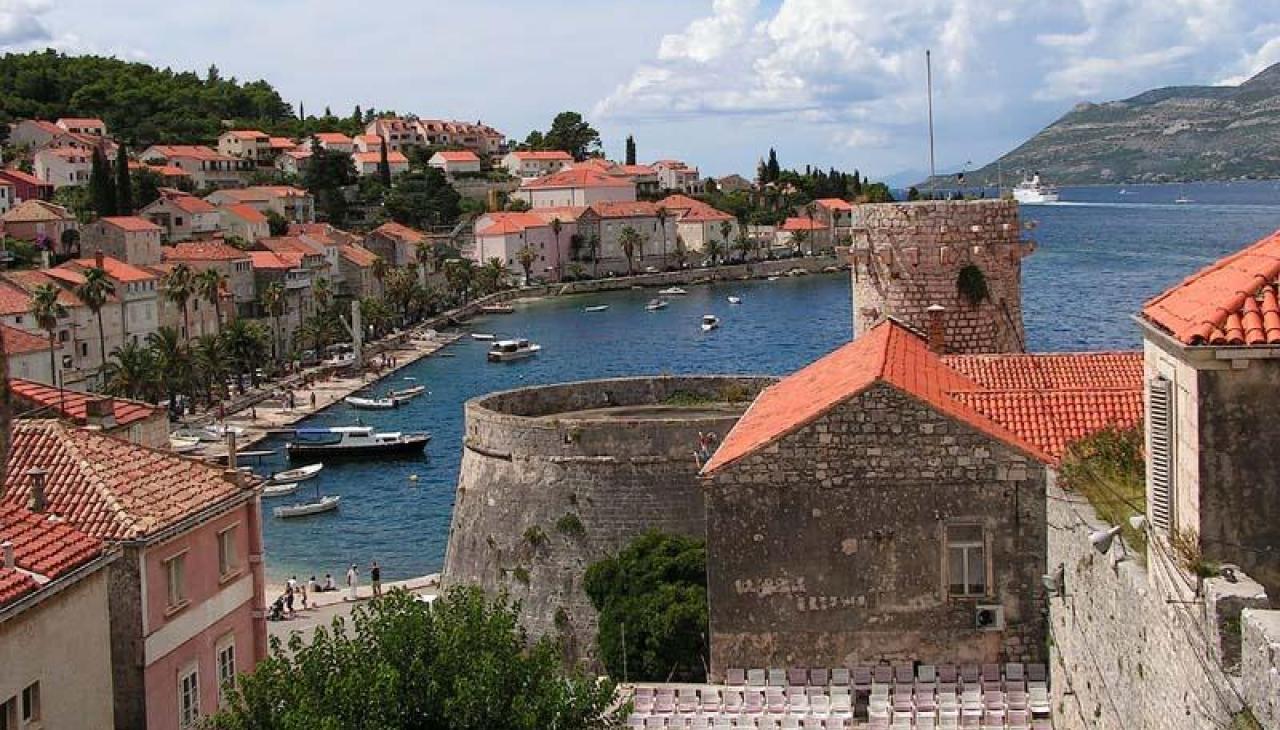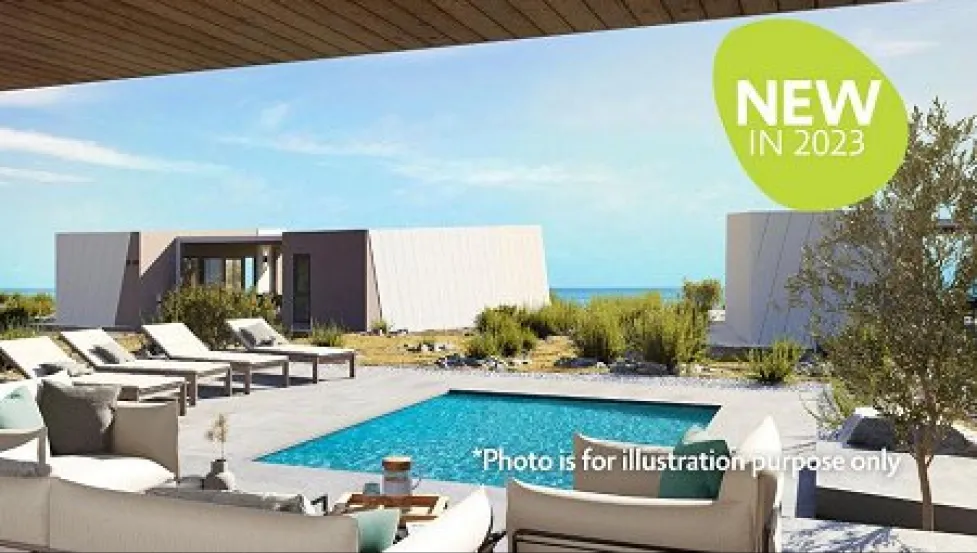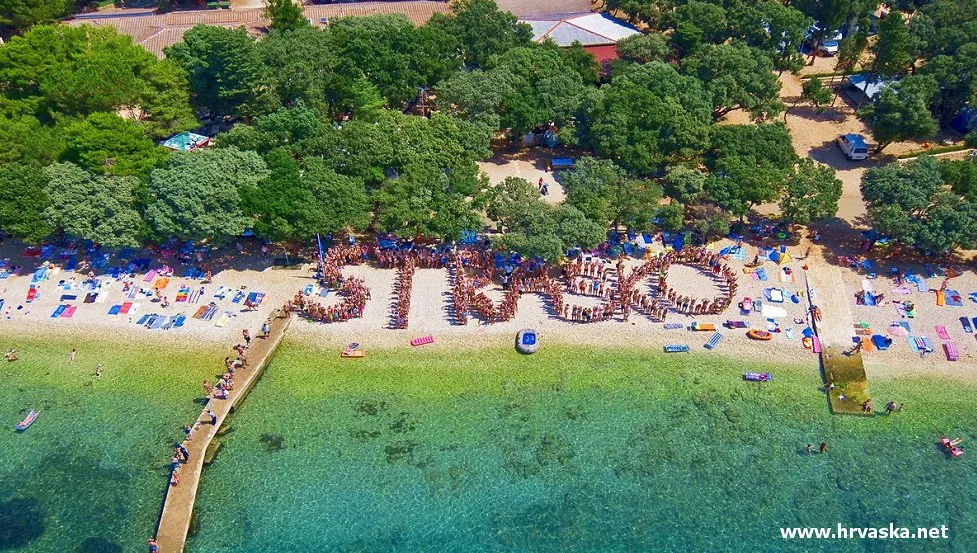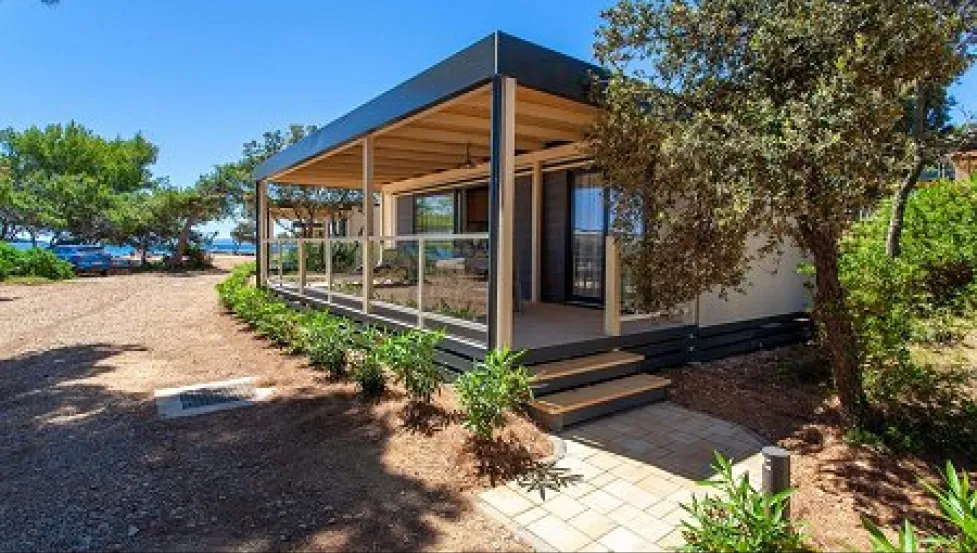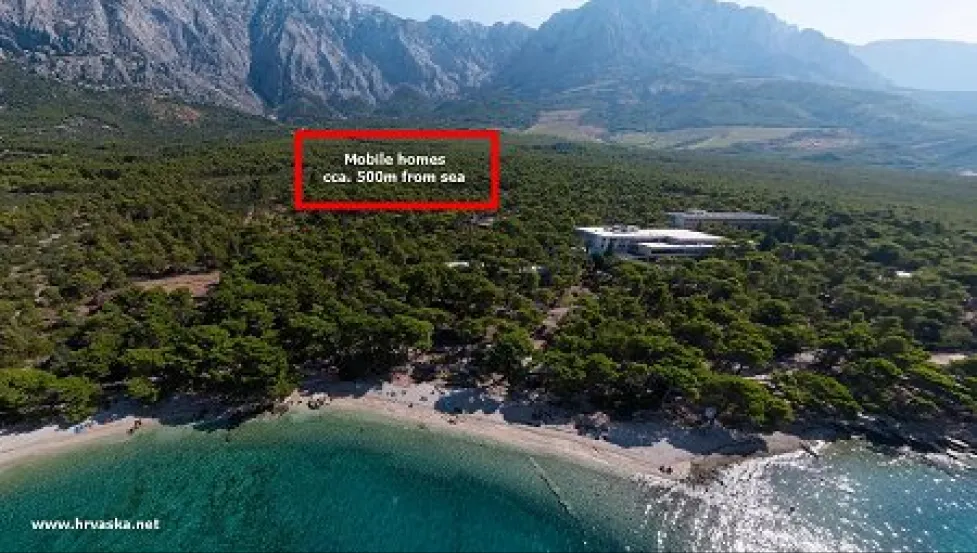Otok Korčula
Island Korcula, long turistic tradition, called in song “a dream in stone” or “Aphrodite born from the sea foam, Lumbarda, Southern Dalmatia, Croatia
WHY A VISIT TO KORCULA SHOULD BE ´A MUST´
This is a town of the finest Renaissance architecture and rich tradition. There are numerous cultural events and numerous events including the famous knightly pageants, Dalmatian harmony singing and annual attractive religious processions.
The men and women of Korčula are great enjoyers of local drinks and good food. The old city has such a special atmosphere that it is no wonder that this verse was written in the 17th century: You are the adornment of the world, enchanting Korcula…
The town of Korcula is one of the best preserved medieval towns in the Mediterranean, and its history is very long and interesting. Rich archaeological finds witness to its prehistoric roots; the island was inhabited in the 3rd century B.C by the Greeks, and possibly earlier.
The Greeks named it Korkyra Melaina – Black Korcula, due to the dark appearance of its dense pine woods. According to legend, the god Poseidon brought here his beloved nymph Korkyra, while another legend says that Korčula was founded by the Trojan hero Antenor escaping from the destroyed Troy.
After the Greeks and Romans, and later, the Croats settled from the north in the 7th century.
The beginnings of the walled stone city date from the early 13th century and are described in the Statute of the town and island of Korcula dating from 1214. This is one of the oldest European town statutes.
Korcula has always been an important maritime crossing point. It is, and always has been, a town of seamen, shipbuilders, stone cutters, and artists as well as the reputed birth-place of Marko Polo.
The streets of the town reveal its rich inheritance: the cathedral of St Mark from the 15th and 16th centuries, the oldest church of St Peter dating from the 14th century, the Abbots Treasury, the Town Museum, Renaissance period mansions, the Town Hall and the Rector’s Court, the church of St Michael, the church of All Saints and the Tower of Marko Polo where he was imprisoned by the Genoese. In the Middle Ages, the town was encircled with high stone walls and towers protecting it from both the sea and the land.
The ancient religious customs have been especially preserved by three brotherhoods, the oldest one dating from 1301, each with their own artistic and cultural collections. The men and women of Korcula are justly proud of their ancient sword dance – Moreška – that was performed previously all over the Mediterranean, but for more than 400 years has been played only in Korcula. Not surprisingly this is great tourist attraction each year.
|
City Korculalies beside the sea on the north-east end of the island Korcula. The old medieval part of the city was built on a small oval peninsula, a Baroque suburb spreads under the old city walls, and newer town quarters stretch along the shore to the east and west of the old centre. Today the city has about 3,000 inhabitants, most of them living in new parts of the city. Korcula is the seat of the administration of the Town of Korcula that includes the city, part of the island and four villages: Zrnovo, Pupnat, Cara and Racisce, with a total of about 6,000 inhabitants. Korcula has many social, cultural, economic and health institutions and organizations: a kindergarten, elementary and secondary school (grammar school), museum, library, medical centre, tourist agencies, banks, pharmacy, hotels, shipyard, shops, restaurants and so on. It also has cultural and performing societies that foster choral singing and folk dancing, and sports societies.
The walled old city, with streets arranged in a herringbone pattern allowing free circulation of air but protecting against strong winds, is tightly built on a promontory that guards the narrow sound between the island and the mainland. Building outside the walls was forbidden until the 18th century, and the wooden drawbridge was only replaced in 1863. World famous 13 cent figure whose name is linked to a Korcula is Marco Polo.
Besieged the towers and walls, which along with geographic position, I emphasize the role statesku town of Korcula, who observed from afar looks like the city - fortress. Historical and cultural features have always pridavale him the importance of strong and the city of Korcula always been an administrative and religious center of the island, a series of specific features of Korcula makes one of the historic Croatian towns. One of the particularities of Korcula, by which it is in the world today is recognized Moreska tournament game in which black and white king, Osman and Moro fighting for the love of a girl - Bule. As on hands, but the centuries provides Korcula, with its urban harmony, houses, palaces, squares, processions, Moreska, hospitable population, interwoven and tumultuous history in which many of Korcula ruled. Each of the town within the municipality of Korcula rich variety of natural and historical characteristics.
|
Vela Luka is the largest town on the island, a municipality with almost 5,000 inhabitants, 42 km from the city of Korcula by island road, which ends here. The town developed at the beginning of the 19th century in a deep sheltered bay. It has several hotels, and the Kalos medical centre for rheumatic disorders and rehabilitation. The inhabitants are farmers, fishermen, work in tourism, and the town also has the Greben shipyard, Jadranka fish factory, and other smaller industrial plants.
The Cultural Centre in a renovated Baroque building, the old Kastel summer house, has a fine prehistoric archaeological collection from the nearby Neolithic site Vele spilje, and from Roman localities in the surroundings of the town.
|
Lumbardais six kilometers east from the city of Korcula. It extends around a small bay and on the hills behind it, and is surrounded by large sandy vineyards. Lumbarda is reached along a good asphalt road that passes through a picturesque area of pine woods and olive groves.
In the 3rd century B.C. a Greek (Hellenistic) agricultural settlement was founded here from which originated the Psephism and the gnathia vases found in graves (now in the Town Museum). There was a Roman villa rustica (rural estate) in the field north-east of today's village near Bilin zal beach. Since the 16 century prosperous Korcula landowners built summer houses called kastel on choice sites in Lumbarda, some of them still well preserved and inhabited: the Nobilo, Milina, Krsinic kastels. St Roch's parish church (Sv. Rok) with a nave and two aisles stands on Vela glavica hill in the middle of old Lumbarda, and there are several small old chapels in the village itself: St Bartul, St Peter, The Nativity of the Virgin (Mala Gospa). The church of the Holy Cross (Sv. Kriz) from 1774, in front of which is a characteristic porch, is surrounded by vineyards.
For centuries the people of Lumbarda were farmers, mostly grape growers, fishermen and stone-masons. Several prominent modern Croatian artists, sculptors and painters were born here: Ivo Lozica (1910-1943), Lujo Lozica (1934), Stipe Nobilo (1945), and the most important of all, Frano Krsinic (1897-1981). He made the bronze Second World War Memorial in the centre of the village and the bronze relief Fishermen on the hotel. Nearby is the studio-house and collection of the local amateur sculptor, the peasant Ivan Jurjev-Knez (1920), who works in stone and wood.
Today the local people are also engaged in tourism: there are hotels, several camps, many private pensions, restaurants, shops, and a small marina. The Ivo Lozica cultural and performing society in Lumbarda cultivates music, singing, folk dancing and amateur dramatics.

